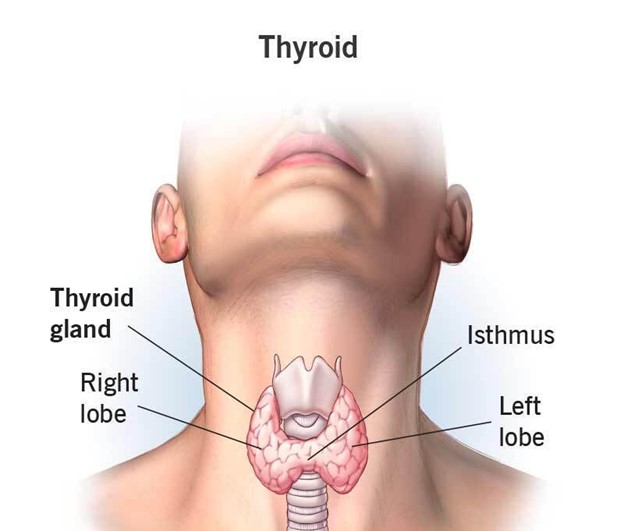The ability to mentally understand that 1 + 3 = 4 and 4 - 3 = 1 occurs in which stage of cognitive development?
Preoperational stage.
Intuitive thought stage.
Concrete operations stage.
Formal operations stage.
The Correct Answer is C
The correct answer is choice C: Concrete operations stage.
Choice A rationale:
The preoperational stage, which occurs roughly between ages 2 and 7, is characterized by egocentrism, animism, and a lack of conservation. Children in this stage struggle with understanding that quantities can remain the same even if their appearance changes. For instance, they might think that pouring water from a tall glass into a short, wide glass somehow changes the amount of water. This stage does not demonstrate the mental understanding required for the examples given in the question.
Choice B rationale:
The intuitive thought stage, which typically spans from ages 4 to 7, is marked by increased symbolic thinking but still lacks the capacity for logical and systematic reasoning. Children in this stage might be able to count and perform basic arithmetic, but they struggle with more complex operations and understanding the underlying principles of mathematical operations. This stage is not where the ability to understand the given math operations is firmly established.
Choice C rationale:
The concrete operations stage, which encompasses ages 7 to 11, is characterized by the development of logical and systematic thinking. Children in this stage are capable of understanding basic mathematical principles and operations, such as conservation of quantity and simple arithmetic. They can mentally manipulate numbers and understand that reversing an operation will yield the original quantity. Therefore, this stage is when the ability to understand that 1 + 3 = 4 and 4 - 3 = 1 occurs.
Choice D rationale:
The formal operations stage, typically beginning around age 11, is characterized by abstract and hypothetical thinking. This is when adolescents and adults can engage in complex reasoning and consider multiple possibilities and outcomes. The given math operations are not the focus of this stage; rather, it pertains to more advanced cognitive abilities like hypothetical problem-solving and deductive reasoning.
Nursing Test Bank
Naxlex Comprehensive Predictor Exams
Related Questions
Correct Answer is A
Explanation
Choice A rationale:
A goiter refers to the enlargement or hypertrophy of the thyroid gland. This can occur due to various reasons, such as iodine deficiency, autoimmune disorders like Hashimoto's thyroiditis, or Graves' disease (which is associated with hyperthyroidism). The thyroid gland produces hormones that regulate metabolism and growth, and when it becomes enlarged, it can lead to visible swelling in the neck.
Choice B rationale:
The posterior pituitary gland is responsible for the release of hormones like vasopressin (antidiuretic hormone) and oxytocin. A goiter is not associated with the posterior pituitary gland. Issues with the posterior pituitary can lead to problems with water balance and uterine contractions, but not thyroid enlargement.

Choice C rationale:
The adrenal glands are responsible for producing hormones like cortisol and adrenaline. While adrenal disorders can lead to various hormonal imbalances, a goiter is not related to adrenal gland function. Adrenal issues might cause symptoms like fatigue, weight changes, and blood pressure irregularities.
Choice D rationale:
The anterior pituitary gland produces hormones that regulate the functions of other endocrine glands, including the thyroid gland. However, a goiter is not directly associated with the anterior pituitary. The anterior pituitary's malfunction can result in disorders like growth hormone deficiency or Cushing's disease, but not thyroid enlargement.
Correct Answer is A
Explanation
The correct answer is Choice A: Surgical removal of the affected section of bowel.
Choice A rationale:
Surgical removal of the affected section of bowel is the primary therapeutic management for most children with Hirschsprung's disease. Hirschsprung's disease is a congenital condition where there is a lack of nerve cells in a segment of the colon, leading to obstruction and dilation of the bowel. Surgical resection of the affected segment and reconnection of healthy bowel portions is the standard treatment to alleviate the obstruction and restore normal bowel function.
Choice B rationale:
Daily enemas might be used in some cases to manage symptoms temporarily, but they are not the primary therapeutic management for Hirschsprung's disease. Surgery is the mainstay of treatment.
Choice C rationale:
Permanent colostomy might be considered if the affected portion of bowel is extensive and cannot be safely reconnected after resection, but it's not the primary option for most children with Hirschsprung's disease.
Choice D rationale:
A low-fiber diet is not a therapeutic management for Hirschsprung's disease. Surgical intervention is necessary to address the underlying cause of obstruction, and diet modifications alone wouldn't resolve the condition.
Whether you are a student looking to ace your exams or a practicing nurse seeking to enhance your expertise , our nursing education contents will empower you with the confidence and competence to make a difference in the lives of patients and become a respected leader in the healthcare field.
Visit Naxlex, invest in your future and unlock endless possibilities with our unparalleled nursing education contents today
Report Wrong Answer on the Current Question
Do you disagree with the answer? If yes, what is your expected answer? Explain.
Kindly be descriptive with the issue you are facing.
